In the world of trading, actions need to be made within fractions of a second – the difference between large profits and loss is so small. When you wish to make trades at a speed and frequency that is beyond the limit of any humans then you have to rely on computer programs to make trades on your behalf. This is the basis of algorithmic trading, also called black-box trading, algo trading or automated trading.
Why Algo?
The underlying principle is that a computer is programmed with a set of instructions which tell it when to execute buy and sell orders. These programs can take in to account a variety of factors but are generally built around mathematical models which are designed by the trader to follow a certain strategy. One example could be to only buy a stock when its 50 day moving average price goes above its 200 day moving average price, and sell when the opposite happens.
The obvious benefit of algorithmic trading is the speed – the frequency of the trades made are far higher that can be done manually, and this means that trade execution is accurate and instant, so the chances of executing the trade at the desired level is maximised. It also allows the user to control multiple market factors simultaneously, and give them the weighting that the user desires. Also, it doesn’t allow human emotions and psychology to weigh in on the decision making process – algorithmic trading entirely avoids such hinderances.
Use cases for Algo:
Algorithmic trading nowadays is mostly high-frequency trading – this is where you place very high number of trades in fractions of a second across multiple markets in an attempt to maximise the profit. Algo trading is used across the financial industry – on the buy side, long term investors such as pension funds use algo trading to make large purchases of stocks without influencing the price with large, discrete investments. On the sell side, market makers use algo trading to increase liquidity of the markets by making large number of trades, and it is also used by systematic traders such as hedge funds.
Strategies for algo trading are often quite involved and complex, the simplest of which are a ‘trend following’ style – this is similar to the idea above, following moving averages or price level movements and waiting for them to reach a certain value. Another example is arbitrage spotting – this is when you buy a certain stock in one market and then sell it immediately in another market for a higher price, giving you a risk-free profit. Such opportunities are usually eliminated within seconds, so it is essential to act on them as soon as possible, hence the use of algo trading.
Implementing Algo:
In order to actually do algorithmic trading, the first stage after forming your desired algorithm is implementing it into a computer programme, so being comfortable with a number of computer programmes is very handy. The next stage is backtesting – using historical data to see if your program would have been profitable if it had been used in the past, followed by regular updates and improvements.
Analyst: Krish Nanavati







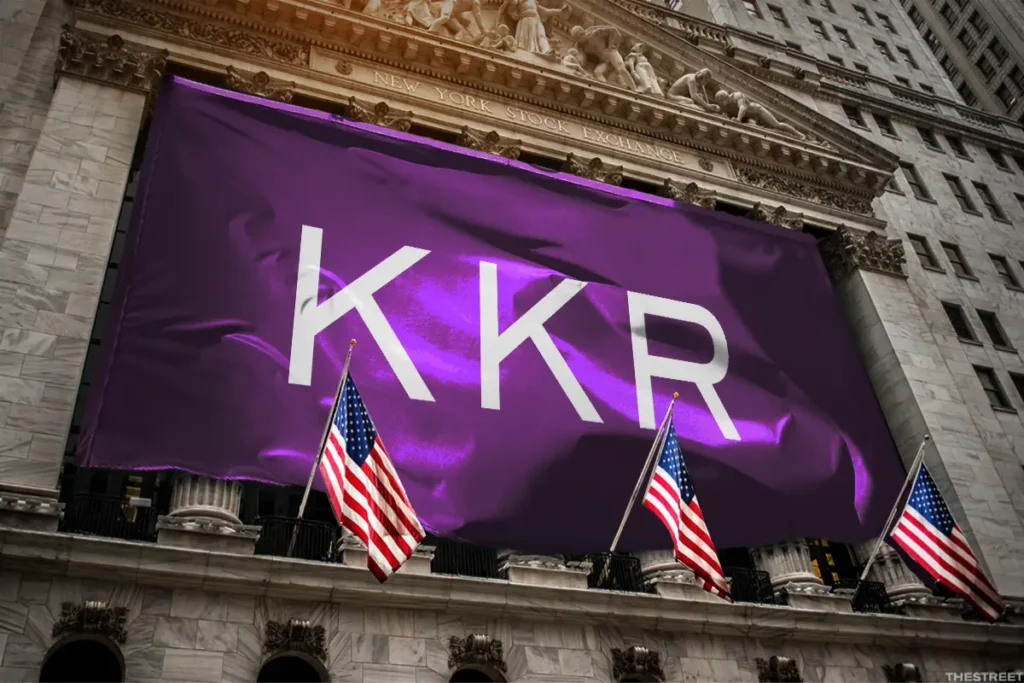


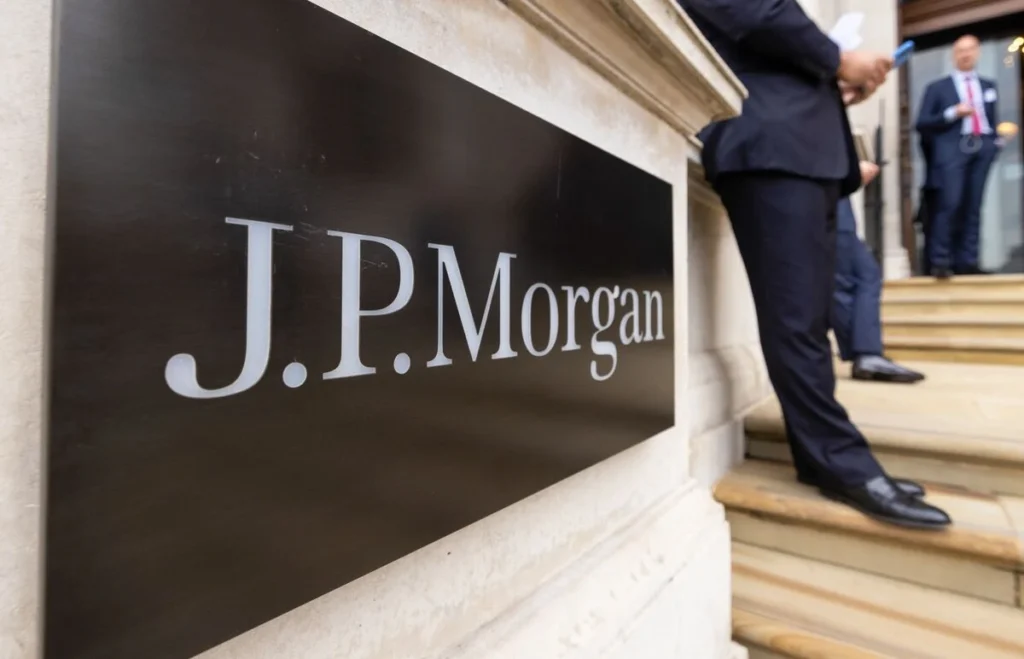

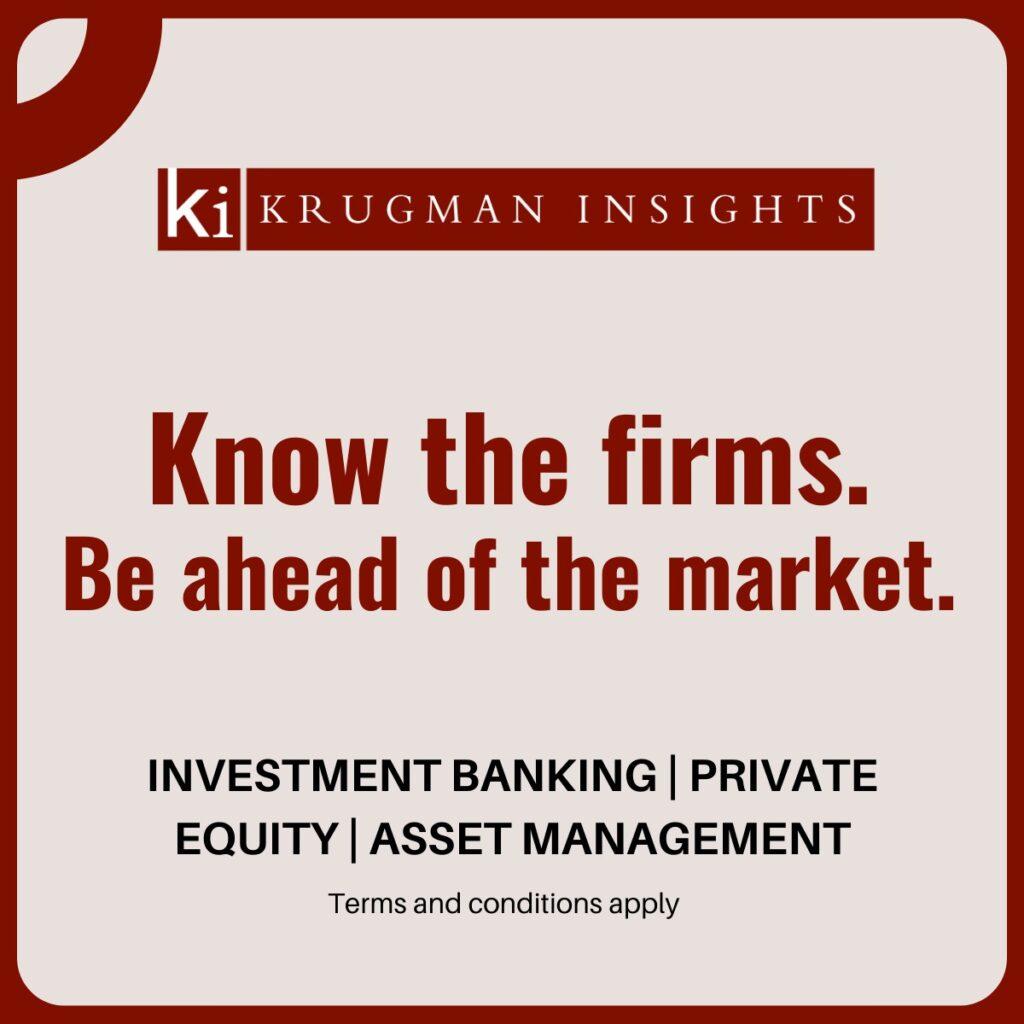

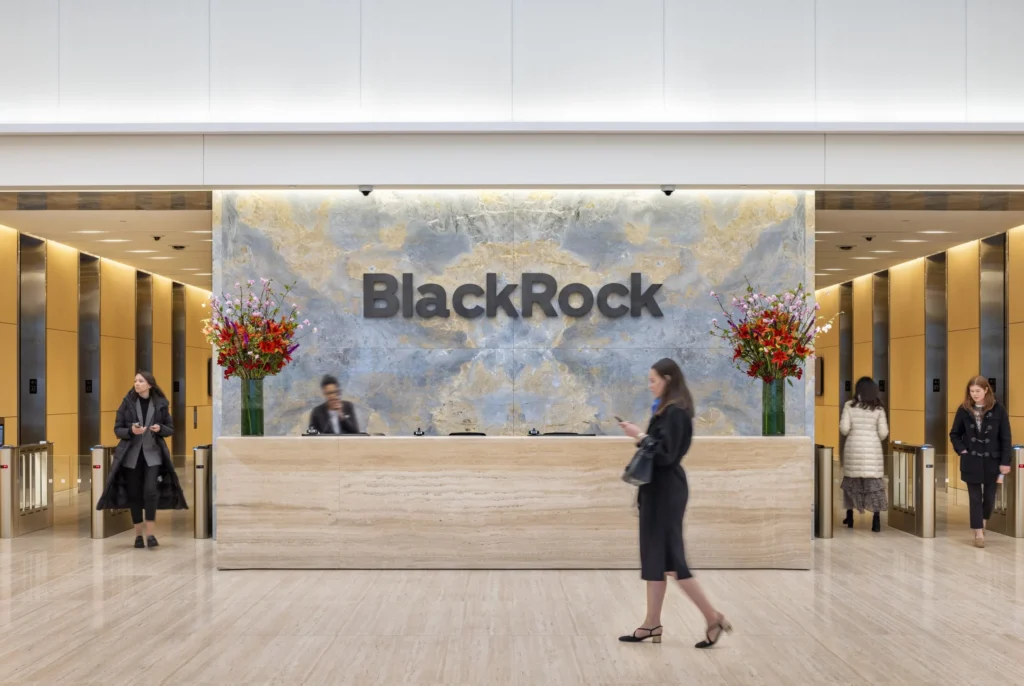






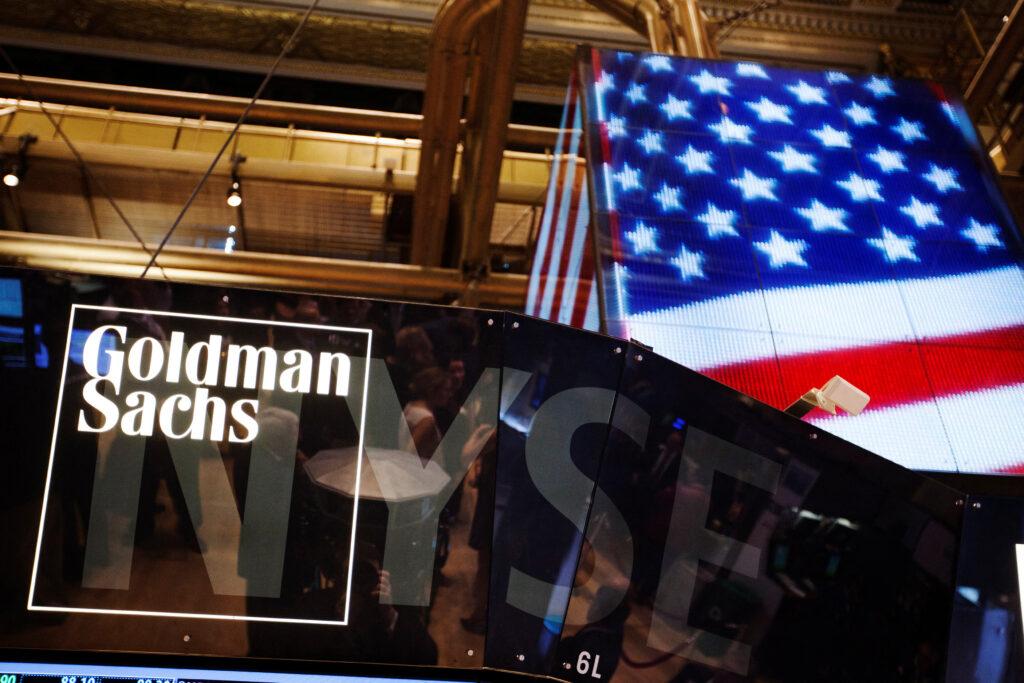







Continue with Facebook Continue with Google